Medveda - Large insect, families of medical, from the squad of straight bumps. Lives and builds his nest under the ground on 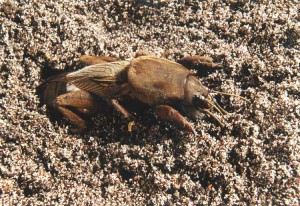 10 - 15 cm depth. Roots the moves than very harm the gardens, the bear can fly, and at night crashes out and shifts like a grasshopper. Front legs have no digging. The Medveda loves wet, well-worn, rich in humus. Leads a nightlife it feeds on small animals, likes to enjoy absolutely all edible, which is only in the garden. The pointer is winter in the compost pile, or under the ground, at a depth of two meters and more. In addition, a very unpleasant find at the Packet of Plot, in the form of masonry eggs in a small puddle you will be required to the Medvedka.
10 - 15 cm depth. Roots the moves than very harm the gardens, the bear can fly, and at night crashes out and shifts like a grasshopper. Front legs have no digging. The Medveda loves wet, well-worn, rich in humus. Leads a nightlife it feeds on small animals, likes to enjoy absolutely all edible, which is only in the garden. The pointer is winter in the compost pile, or under the ground, at a depth of two meters and more. In addition, a very unpleasant find at the Packet of Plot, in the form of masonry eggs in a small puddle you will be required to the Medvedka.
There are quite a lot of ways to lime the bear. For example, the bear is sensitive to vibrations and leave the site on which there are any concussions. You can make windmills from plastic bottles and put them on sticks that need to stick to the ground. In order for the vibration to be strong enough, such windmills need to do a lot and put close to each other. This method is rather time consuming and not effective, since the vibrations quickly fade, it is designed to a small area in size.
Another way is to do it. trap for a bear do it yourselfwithout resorting to buying expensive devices. Build such a trapyou can like this: make a house of plywood or cardboard on the bed. The Medveda gets out to the surface not only at night, but also in the afternoon, to warm up, but at the same time absolutely does not tolerate sunlight and searches for these purposes. So, at noon, looking at the house, you will find trapped Not one medvedka, and several individuals. They must be collected in a jar and pour boiling water. To protect your garden from a new invasion, you need to dry the tin sheets throughout the perimeter, if possible, inserting tin sheets, it is necessary to leave a high edge over the ground so that the bear does not fly.
To protect plants from the polar You can use the usual egg shell. When the seedlings are planted, the shell must be crushed and scatter around each plant with a thick layer. Thus, the Medveda will not get to the stem through a layer of small sharp fragments.
Medveda is extremely prolific as mokritsa, therefore, getting rid of the bear in your garden, take care of the potential places of its reproduction - piles of manure and compost pits with rubieda or thick film. Naturally, there should be no holes in such a fence, through which the Medveda can penetrate your site.


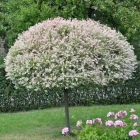
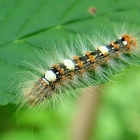
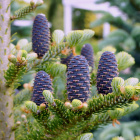


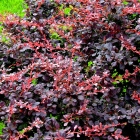

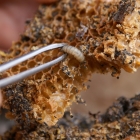


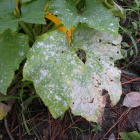
 Start a discussion ...
Start a discussion ...